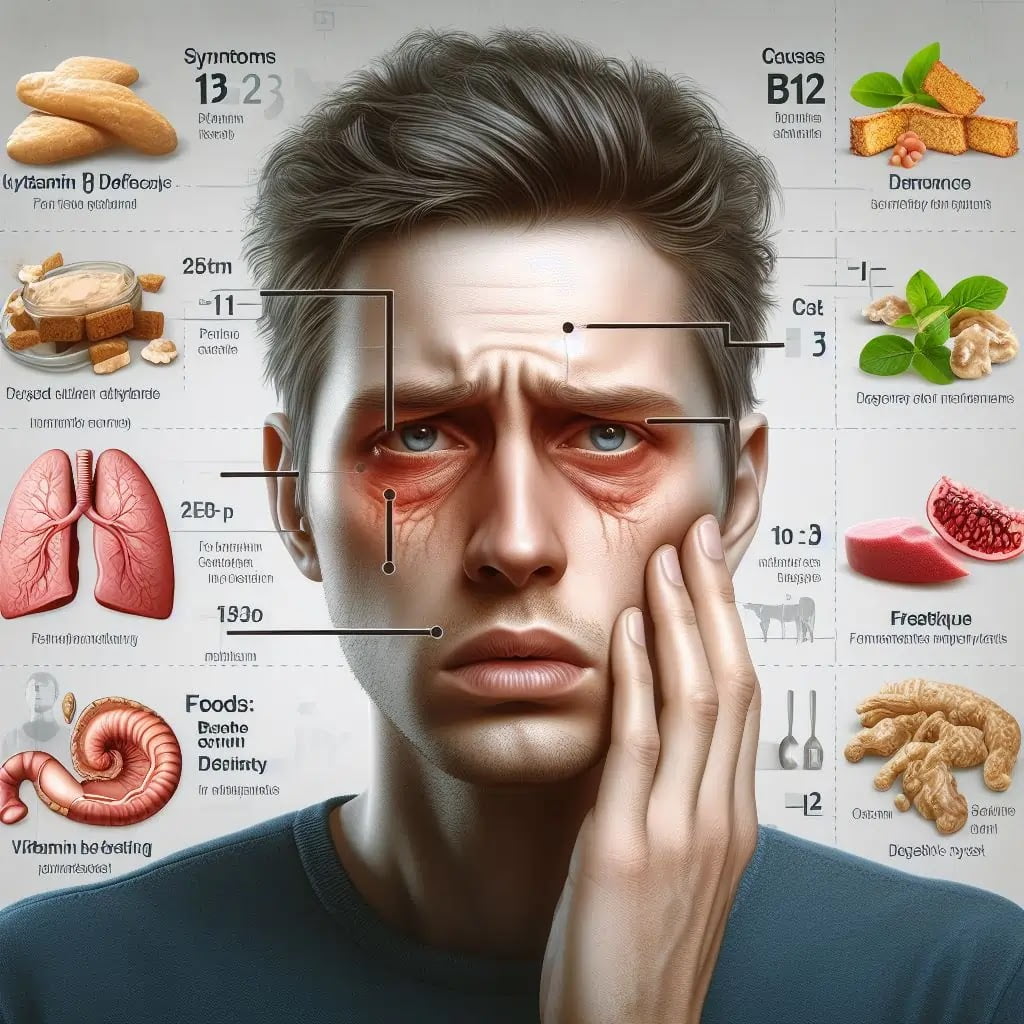Introduction
Sudden cardiac arrest (SCA) is a life-threatening condition characterized by the abrupt loss of all heart activity due to an irregular heart rhythm. In an instant, breathing ceases, and the affected person loses consciousness. Without immediate intervention, SCA can lead to tragic outcomes. This article delves into a comprehensive understanding of SCA, its symptoms, causes, and life-saving measures, equipping you with the knowledge to navigate this critical medical emergency.
Symptoms of Sudden Cardiac Arrest
SCA’s symptoms are immediate, severe, and unmistakable:
Sudden Collapse
When someone experiences SCA, they will often collapse without any warning.
No Pulse
A person suffering from SCA will not have a detectable pulse, indicating that their heart has stopped beating effectively.
No Breathing
Breathing ceases abruptly, and the person no longer takes in air.
Loss of Consciousness
Consciousness is lost swiftly, making it crucial to act without delay.
While these are the primary symptoms of SCA, it’s important to note that sometimes individuals may experience warning signs, including:
– Chest discomfort
– Shortness of breath
– Weakness
– Fast-beating, fluttering, or pounding heart (known as palpitations)
However, SCA often strikes without any prior indicators, making it a particularly challenging condition to predict.
When to Seek Medical Assistance
The moment the heart stops beating during SCA, the lack of oxygen-rich blood can rapidly lead to death or permanent brain damage. It is imperative to recognize the critical signs and respond promptly. If you or someone you are with experiences any of the following symptoms, seek immediate medical assistance:
– Chest pain or discomfort
– Feeling of a pounding heartbeat
– Rapid or irregular heartbeats
– Unexplained wheezing
– Shortness of breath
– Fainting or near-fainting
– Lightheadedness or dizziness
Should you encounter an individual who is unconscious and not breathing, take swift action. Dial 911 or contact local emergency services immediately and initiate cardiopulmonary resuscitation (CPR). The American Heart Association recommends performing CPR with hard and fast chest compressions and, if available, utilizing an automated external defibrillator (AED).
How to Perform CPR
If you find someone not breathing, follow these steps:
1. Begin chest compressions at a rate of approximately 100 to 120 compressions per minute.
2. If you are trained in CPR, check the person’s airway and provide rescue breaths after every 30 compressions.
3. If you are not trained in CPR, continue with chest compressions until professional help arrives.
Portable automated external defibrillators (AEDs) are often found in public places, such as airports and shopping malls. You can also purchase one for home use. AEDs come equipped with step-by-step voice instructions, ensuring that a shock is administered only when necessary.
Causes of Sudden Cardiac Arrest
Understanding the causes of SCA is crucial to grasp the complexity of this condition. SCA occurs when there is a change in the heart’s electrical activity, resulting in the heart’s inability to pump blood effectively. This change often leads to the quivering of the lower heart chambers instead of the coordinated pumping of blood.
The heart’s electrical signals dictate the rate and rhythm of its beats. When faulty or extra electrical signals disrupt this system, it can cause the heart to beat too fast, too slow, or irregularly, which is known as an arrhythmia. Some arrhythmias are brief and harmless, while others can culminate in sudden cardiac arrest.
Common Heart Conditions Associated with Sudden Cardiac Arrest
1. Ventricular Fibrillation: This irregular heart rhythm is the most common cause of sudden cardiac arrest. Rapid and erratic heart signals lead to the ineffective quivering of the lower heart chambers, reducing the heart’s ability to pump blood.
2. Coronary Artery Disease: If the heart arteries become clogged with cholesterol and deposits, it can reduce blood flow to the heart, increasing the risk of sudden cardiac arrest.
3. Heart Attack: Severe coronary artery disease can trigger ventricular fibrillation, and the scar tissue left by a heart attack can also disrupt the heart’s electrical activity.
4. Cardiomyopathy: When the walls of the heart muscle stretch and the heart muscle becomes larger or thicker, it can lead to sudden cardiac arrest.
5. Heart Valve Disease: Leaking or narrowing of the heart valves can cause stretching or thickening of the heart muscle, increasing the risk of heart rhythm problems.
6. Congenital Heart Defects: Children or adolescents born with heart problems have an elevated risk of sudden cardiac arrest. Even adults who’ve had repair surgery for congenital heart defects are at risk.
7. Long QT Syndrome (LQTS) and Other Heart Signaling Problems: Conditions like LQTS and Brugada syndrome can lead to erratic heart rhythms. Sudden death can occur if the heart’s rhythm isn’t quickly restored, with young people with LQTS being particularly vulnerable.
Risk Factors
Several risk factors increase the likelihood of experiencing sudden cardiac arrest. These factors overlap with those that raise the risk of heart disease:
– Family history of coronary artery disease
– Smoking
– Obesity
– Diabetes
– An inactive lifestyle
Additional factors that can heighten the risk of sudden cardiac arrest include:
– Previous episodes of sudden cardiac arrest or a family history of it
– Prior heart attacks
– Personal or family history of other heart conditions
– Advancing age (risk increases with age)
– Male gender
– Substance abuse, including illegal drugs like cocaine or amphetamines
– Low potassium or magnesium levels
– Obstructive sleep apnea, a sleep disorder
– Chronic kidney disease
Complications
When sudden cardiac arrest occurs, it severely reduces blood flow to the brain. If the heart’s rhythm isn’t rapidly restored, complications can arise, including brain damage and, in severe cases, death.
Prevention
Preventing sudden cardiac arrest involves maintaining a healthy heart. Here are steps you can take to reduce your risk:
– Schedule regular checkups with your healthcare provider.
– Avoid smoking and tobacco use.
– Undergo screening for heart disease.
– Control your blood pressure and cholesterol levels.
Additionally, genetic tests can be conducted to determine if you have long QT syndrome, a common cause of sudden cardiac death. If you have the long QT gene, your healthcare provider may recommend that other family members also be tested.
For individuals at a known risk of cardiac arrest, an implantable cardioverter-defibrillator (ICD) can be recommended by your healthcare provider. This device is surgically placed under the collarbone and can monitor and correct abnormal heart rhythms.
Consider discussing the purchase of an automated external defibrillator (AED) for home use with your healthcare provider. AEDs are invaluable in resetting the heart’s rhythm during sudden cardiac arrest emergencies, but it’s essential to be aware that they can be costly and may not always be covered by health insurance.
Conclusion
understanding the symptoms, causes, and risk factors of sudden cardiac arrest is crucial for prompt recognition and effective response. By taking preventive measures and being prepared, you can significantly increase the chances of saving a life in the event of a sudden.
FAQs
Q: What is sudden cardiac arrest (SCA)?
A: Sudden cardiac arrest (SCA) is a life-threatening condition that occurs when the heart suddenly stops beating, resulting in no blood flow to the brain and other vital organs. SCA can cause death within minutes if not treated immediately.
Q: What are the causes and risk factors of SCA?
A: SCA can be caused by various factors, such as:
- Heart diseases, such as coronary artery disease, cardiomyopathy, heart valve problems, or congenital heart defects
- Heart rhythm disorders, such as ventricular fibrillation, ventricular tachycardia, or bradycardia
- Trauma, such as a blow to the chest, electric shock, or drug overdose
- Hypoxia, such as drowning, choking, or suffocation
- Other medical conditions, such as diabetes, high blood pressure, obesity, or electrolyte imbalance
Some of the risk factors that can increase the likelihood of SCA are:
- Age, as SCA is more common in older adults
- Gender, as SCA is more common in men than women
- Family history, as SCA can be inherited or run in families
- Lifestyles, such as smoking, alcohol abuse, physical inactivity, or poor diet can damage the heart
- Previous history, such as having a previous heart attack, heart surgery, or SCA can increase the risk of recurrence
Q: What are the signs and symptoms of SCA?
A: SCA can occur without warning or with some signs and symptoms, such as:
- Chest pain or discomfort
- Shortness of breath or difficulty breathing
- Dizziness or lightheadedness
- Palpitations or irregular heartbeat
- Nausea or vomiting
- Sweating or coldness
- Loss of consciousness or responsiveness
- No pulse or breathing
Q: How can I prevent SCA?
A: SCA can be prevented by taking the following steps:
- Know your risk factors and consult your doctor regularly
- Follow your doctor’s advice and take your medications as prescribed
- Manage your medical conditions, such as diabetes, high blood pressure, or cholesterol
- Adopt a healthy lifestyle, such as quitting smoking, limiting alcohol, eating a balanced diet, and exercising regularly
- Avoid triggers, such as stress, caffeine, drugs, or extreme temperatures
- Learn CPR and how to use an automated external defibrillator (AED)
Q: How can I respond to SCA?
A: SCA is a medical emergency that requires immediate action. If you witness someone having SCA, you should:
- Call 911 or your local emergency number and ask for an ambulance and an AED
- Check the person’s pulse and breathing, and start CPR if there is none
- Use an AED if available and follow the instructions
- Continue CPR and AED until the person regains consciousness or the paramedics arrive
- Do not leave the person alone or stop CPR or AED unless instructed by the paramedics








